Join getAbstract to access the summary!

Join getAbstract to access the summary!
Gilbert E. Metcalf
On the Economics of a Carbon Tax for the United States
Brookings Institution, 2019
What's inside?
A carbon tax in the United States could be a viable way to reduce greenhouse gas emissions.
Recommendation
The Paris Agreement on climate change homes in on curbing greenhouse gases (GHGs), specifically carbon dioxide. While 27 governing districts, including nations and states, currently operate under a carbon tax architecture, the United States does not impose such a levy. Professor Gilbert E. Metcalf argues that a US carbon tax would help abate GHGs, and it would do so more effectively than a cap-and-trade scheme. Business leaders, analysts and policy experts can explore the details and effects of a US carbon tax in this informative and comprehensive report.
Summary
About the Author
Gilbert E. Metcalf is an economics professor at Tufts University and a researcher at the National Bureau of Economic Research.




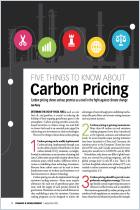

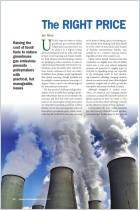
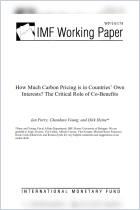
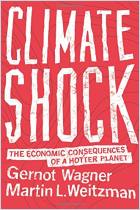
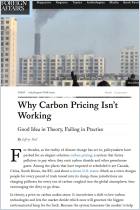







Comment on this summary